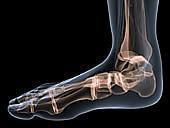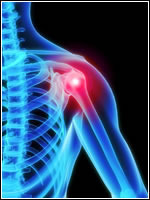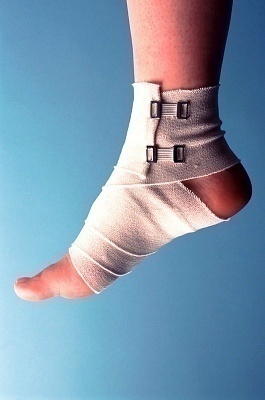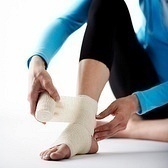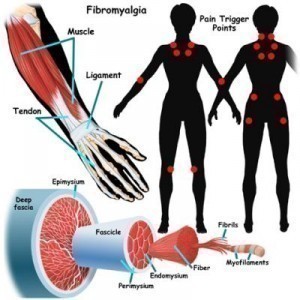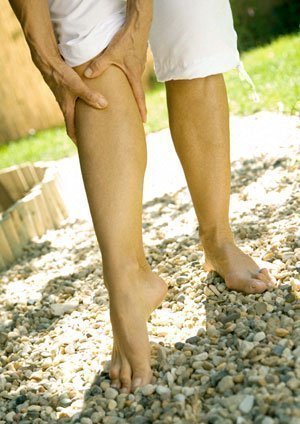Thigh Pain
Thigh pain is a very difficult condition because it significantly affects the movements of people. Sharp pain, dull feeling and tingling sensation are some of the common signs of this painful medical condition, which affect the right, left, lower and upper parts of the thigh. Some of the usual causes of this problem include inflammation of the adductor muscles, rectus femoris rupture and hamstring strain. Find out more about this condition by taking a closer look at its symptoms, causes and treatments.
Thigh Pain Symptoms
Hamstring strain can easily cause pain to the thigh area. Also known as pulled hamstring, its symptoms include severe pain when stretching out the muscles in the affected area. Aside from the chronic and stabbing pain, other possible signs include bruising and swelling. Add to that, patients can also feel shooting pain when performing high velocity movements like sprinting and jumping. Quadriceps strain can also cause pain, which is usually marked by little swelling, inability to walk properly and tightness in the thigh area. Too much pain can also be felt in case of rectus femoris rupture. Common signs of this condition include inability to contract thigh muscles, bruising and sudden sharp pain.
Causes of Thigh Pain
Many factors can contribute to pain in the thigh area. Infected lipoma, septic arthritis and chronic osteomyelitis are amongst the known causes. The same thing also goes for Ewing’s tumor, rhadomyosarcoma and osteosarcoma. Of course, injuries to this important body part can lead to excruciating pain. These include groin strain, rupture of the rectus femoris and pulled hamstring. Other factors that can lead to excruciating pain are inflammation of the adductor muscles, contusion of quadriceps and tight hamstring muscles.
Thigh Pain Diagnosis
It is highly important to diagnose pain in the thigh area in order to determine the real causes of the problem. Likewise, people need the different diagnostic methods to identify the best treatments for different kinds of medical conditions. Of course, there is a need to consider the medical history of the patient. In addition, a thorough physical examination can help diagnose the actual causes of the problem. Besides x-rays, patients usually undergo a variety of advanced diagnostic imaging methods such as arthrography, magnetic resonance imaging and ultrasonography.
Thigh Pain Relief
Causes of pain in the thigh area are treated differently. In addition to rest, it is good to take trusted pain relievers such as ibuprofen, aspirin and acetaminophen to help ease the discomfort. To reduce swelling, applying ice on the affected areas can help a lot. Additionally, rehabilitation and sports massages can help ease the pain as well as heal these medical conditions.


